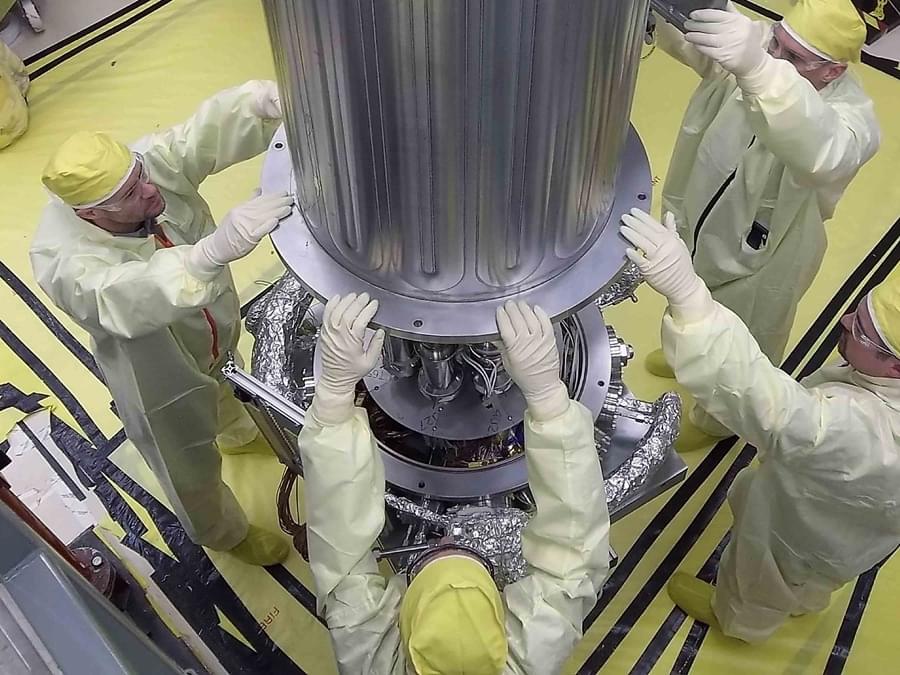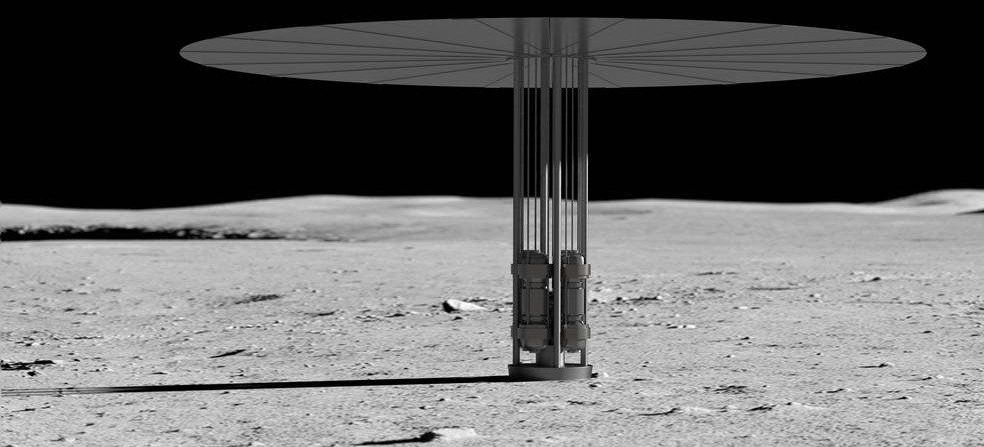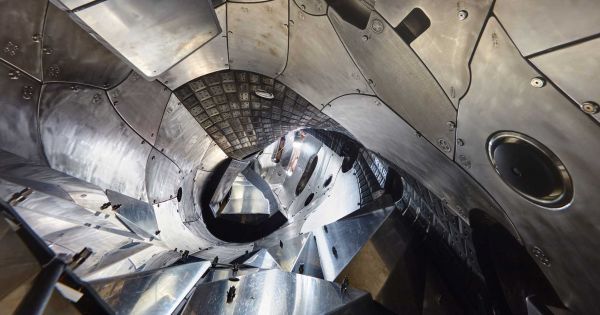Leslie Dewan wants to revive technology from the 1960s to solve the problem of climate change today.


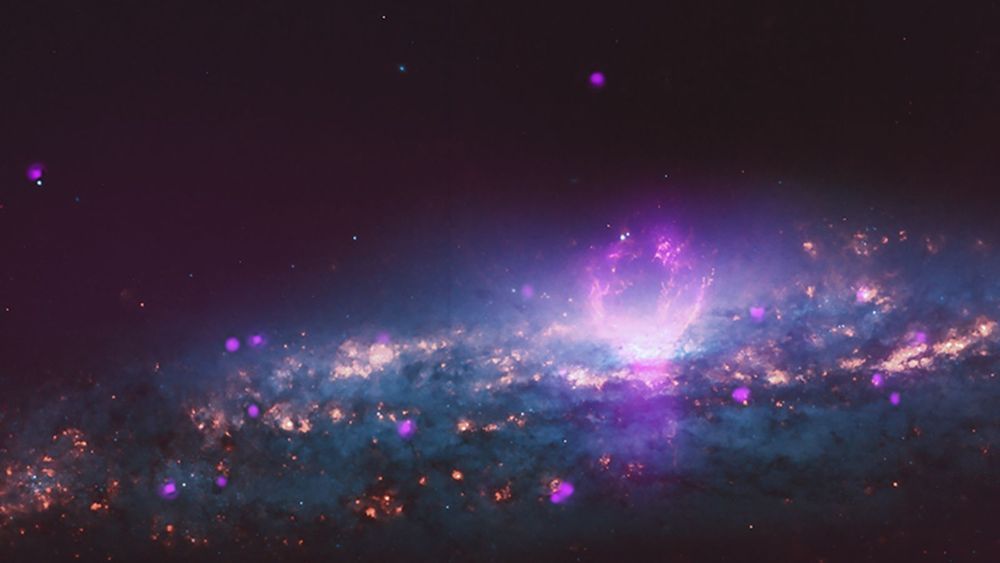
This incredible image shows a pair of “nuclear superbubbles,” one over 4,900 light-years across and the other over 3,500 light-years. They’re emanating from the center of the galaxy NGC 3079, likely the result of a central black hole consuming matter and spewing it back out.
Or, the superbubbles could be from a starburst, a faster-than-usual stellar birth. The bubble-like shape could come from shock waves and compression within the cooler gas. But there’s still an element of mystery here, as the smaller bubble seems to be emanating synchrotron emission, or high-energy x-rays from spiraling electrons, while the larger bubble isn’t.
Circa 2017
“We’re likely to find hydrogen pretty much anywhere we go in the Solar System,” he said.
A spacecraft using conventional chemical rockets would take eight months to get to Mars during opposition. However, the VASIMR engine would make the journey in as little as 39 days.
Chang Diaz explained: “Remember, you are accelerating the first half of the journey – the other half you’re slowing, so you will reach Mars but not pass it. The top speed with respect to the Sun would be about 32 miles per second [or 51.5 km/s]. But that requires a nuclear power source to heat the plasma to the proper temperature.”
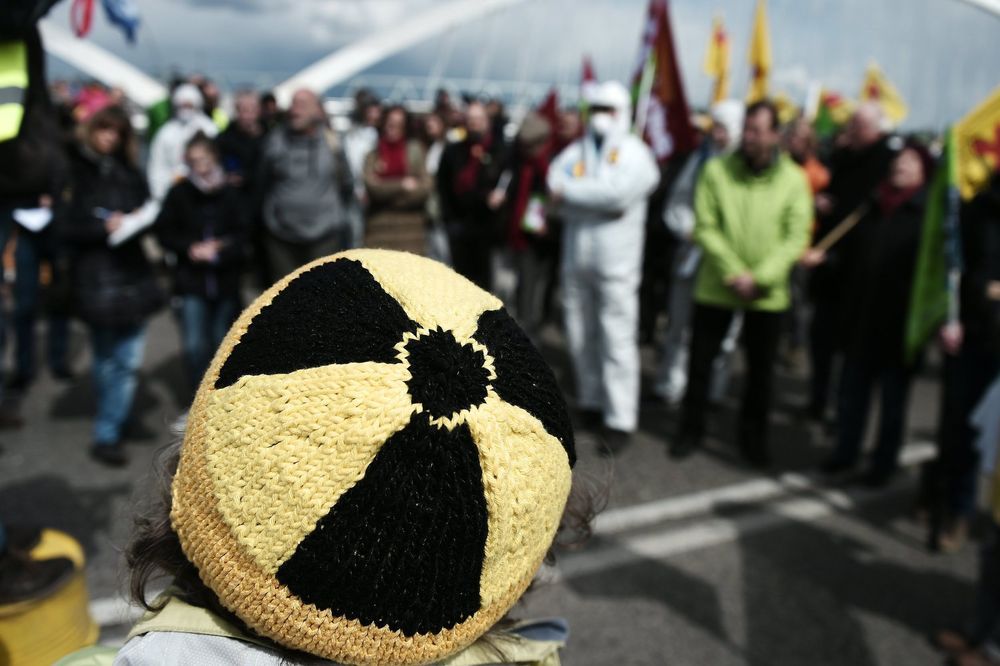
A Tennessee teen has become the youngest person in America—and possibly the world—to build a working nuclear reactor and achieve fusion.
Jackson Oswalt, now 14, set out on the ambitious project when he was just 12, according to USA Today, and achieved nuclear fusion in his Memphis home just hours before he turned 13 on Jan. 19, 2018.
“A couple of years back, all I did was play video games,” he told the news outlet. “And I decided I didn’t want to spend all my life doing video games.”

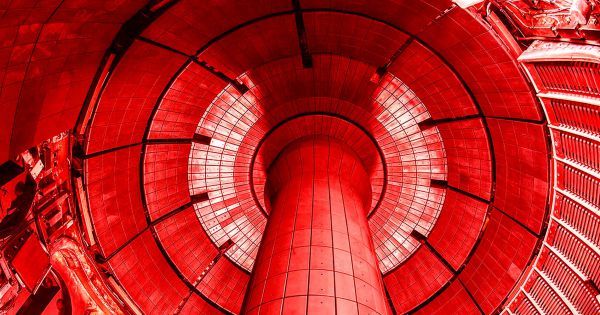
The United States should devote substantially more resources to nuclear fusion research and build an ambitious prototype fusion power plant, according to a new report.
The report is the work of the National Academies of Sciences, Engineering, and Medicine. Its conclusion: it’s more important than ever for the U.S. and the world to explore roads to practical fusion power.
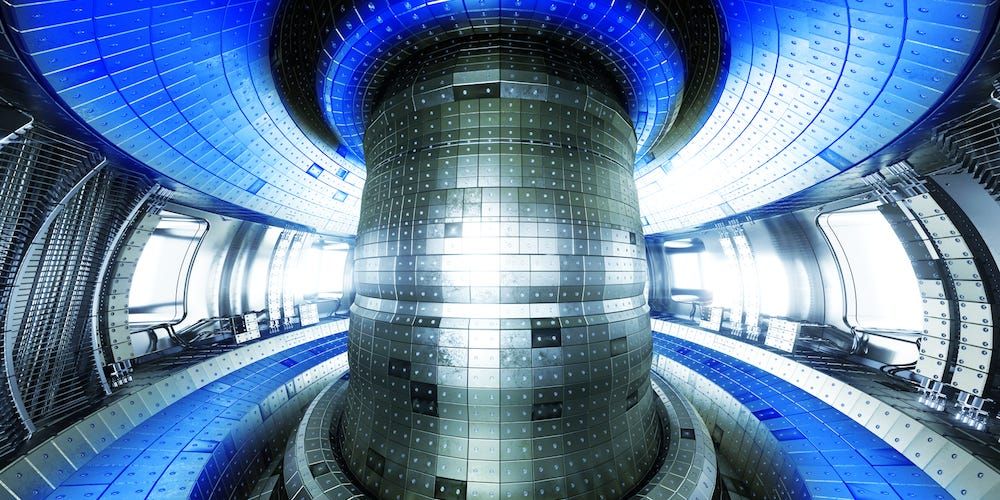
Imagine if we could replace fossil fuels with our very own stars. And no, we’re not talking about solar power: We’re talking nuclear fusion. And recent research is helping us get there. Meet the Experimental Advanced Superconducting Tokamak, or EAST.
EAST is a fusion reactor based in Hefei, China. And it can now reach temperatures more than six times as hot as the sun. Let’s take a look at what’s happening inside. Fusion occurs when two lightweight atoms combine into a single, larger one, releasing energy in the process. It sounds simple enough, but it’s not easy to pull off. Because those two atoms share a positive charge. And just like two opposing magnets, those positive atoms repel each other.
Stars, like our sun, have a great way of overcoming this repulsion … their massive size, which creates a tremendous amount of pressure in their cores … So the atoms are forced closer together making them more likely to collide. There’s just one problem: We don’t have the technology to recreate that kind of pressure on Earth.
